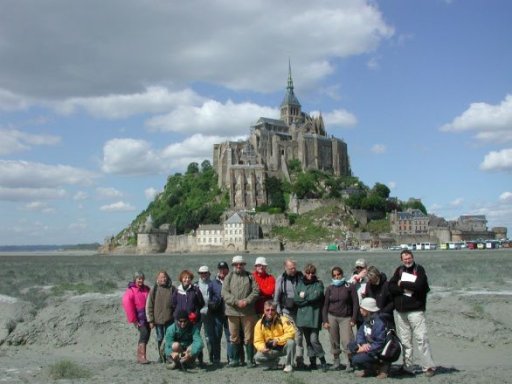Mont Saint Michel Bay Sedimentology (France)
This course offers participants the opportunity to discover one of the best UNESCO World Heritage Sites in France.
- Course Type
Field Course - Duration
5 days - Thematic
Geosciences - Location
- Country
France -
Satisfaction rate




